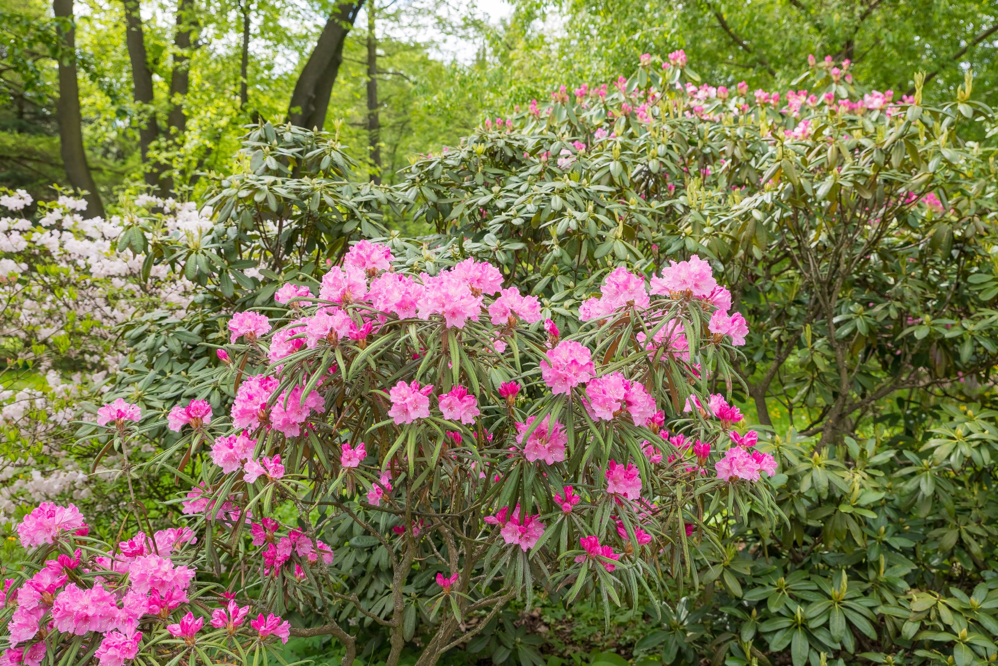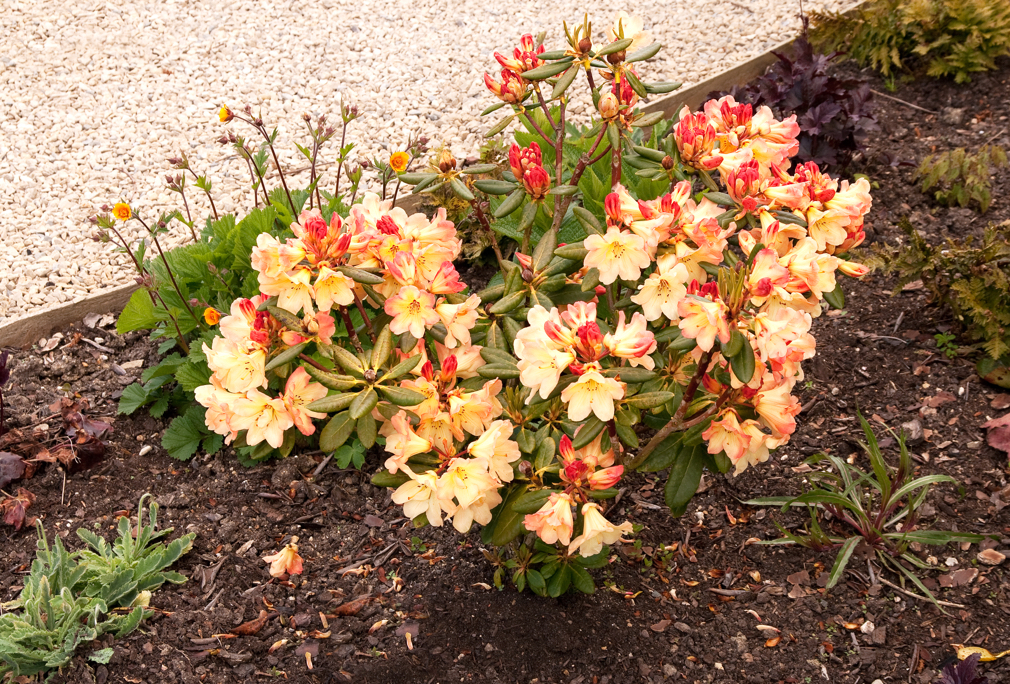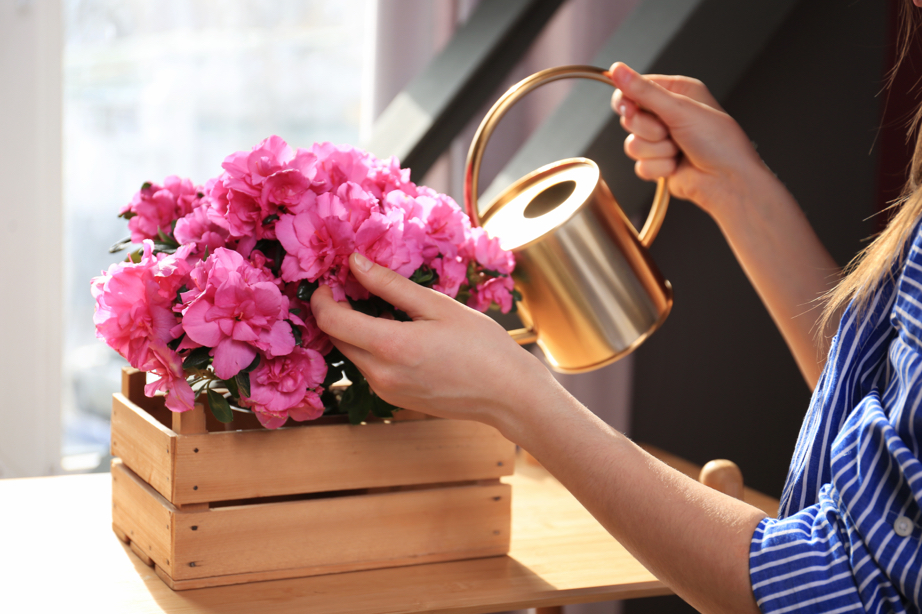How To Provide Fertile Conditions For Azaleas Grown In Any Manner


Elizabeth is a Permaculture Garden Designer, Sustainability Consultant and Professional Writer, working as an advocate for positive change. She graduated from the University of St. Andrews with an MA in English and Philosophy and obtained a Diploma in Applied Permaculture Design from the Permaculture Association.
Reviewed By COLIN SKELLY

Colin is a Horticulturist and Horticultural Consultant with experience in a range of practical and managerial roles across heritage, commercial and public horticulture. He holds the Royal Horticultural Society’s Master of Horticulture award and has a particular interest in horticultural ecology and naturalistic planting for habitat and climate resilience.
IN THIS GUIDE
Azaleas, whether growing in the ground or in containers, do need fertile growing conditions.
These are plants which will do best and flower most abundantly when provided with all the nutrients they need.
Fortunately, feeding Azaleas, whichever type you are growing and wherever you are growing them, is relatively straightforward.
How and when precisely you will feed Azaleas depends on whether you are growing your Azaleas in the ground or in containers.
We have outlined everything you need to know about feeding Azaleas below.
Feeding Azalea In The Ground
When growing Azaleas in the ground, the most important factor in growing these shrubs successfully is creating a suitable growing environment.
The soil should be fertile, and high in organic matter.
It should be moist yet free draining, and should ideally have a pH of between 5 and 6.
When these growing conditions are provided, Azaleas growing in the ground should not require much additional feeding.

The key is to make sure that you maintain healthy soil around these shrubs by mulching around each plant with an organic mulch.
For Azaleas, you should choose a mulch made up of acidic materials, like leaf mould, pine needles, or conifer wood chips.
“Many arborists collect wood chips as a by-product of their work and often they are only too happy to let you have some if you ask,” shares Colin Skelly, Master Horticulturist.
“If you see a conifer being chipped, that’s a good opportunity to re-use it locally.
“Large pine trees shed large amounts of needles, so if you have a friend or neighbour with one or more in their garden, grab some if they’ll oblige.”
This mulch should help to replenish nutrients within the soil and maintain the acidic soil conditions required for most Azaleas to thrive.

This mulch should be placed upon planting, and should be replenished each year in the spring.
Aside from mulching and maintaining healthy soil around your Azaleas, further feeding will not usually be required.
However, you might also consider adding an organic fertiliser, such as blood fish and bone, upon planting or if the growth seems poor in the spring.
Feeding Potted Azalea
Azaleas growing in pots should be grown in a good quality peat-free ericaceous compost.
To maintain fertility, the top 5cm of this growing medium should ideally be changed each year in spring, and I find it’s also best to replace the growing medium entirely every 2-3 years.
It can also be a good idea to leave a little space at the top of containers so that you can add a layer of ericaceous mulch, as you do when planting in the ground.

Mulching around the top of containers will help to replenish nutrients, keep the mix acidic, and conserve moisture in a pot.
In addition, however, Azaleas growing in containers will also do best if provided with a weekly liquid organic feed through the spring and summer months.
For example, it can be a good idea to feed Azaleas with black tea, to maintain acidity and keep them growing strong.
